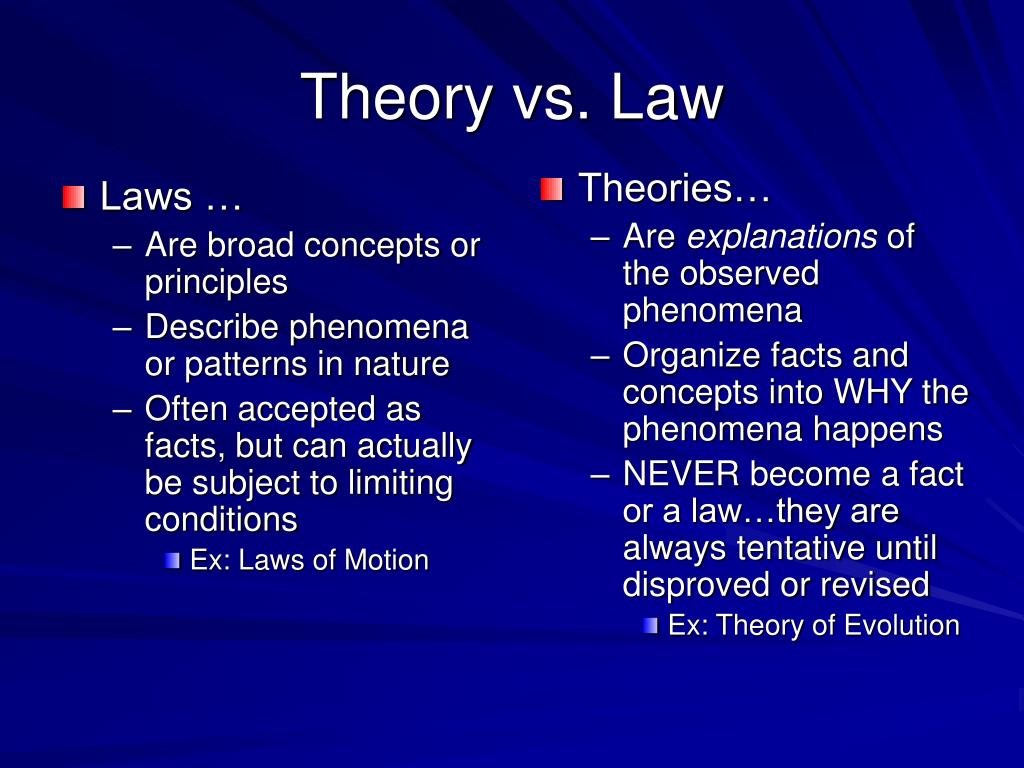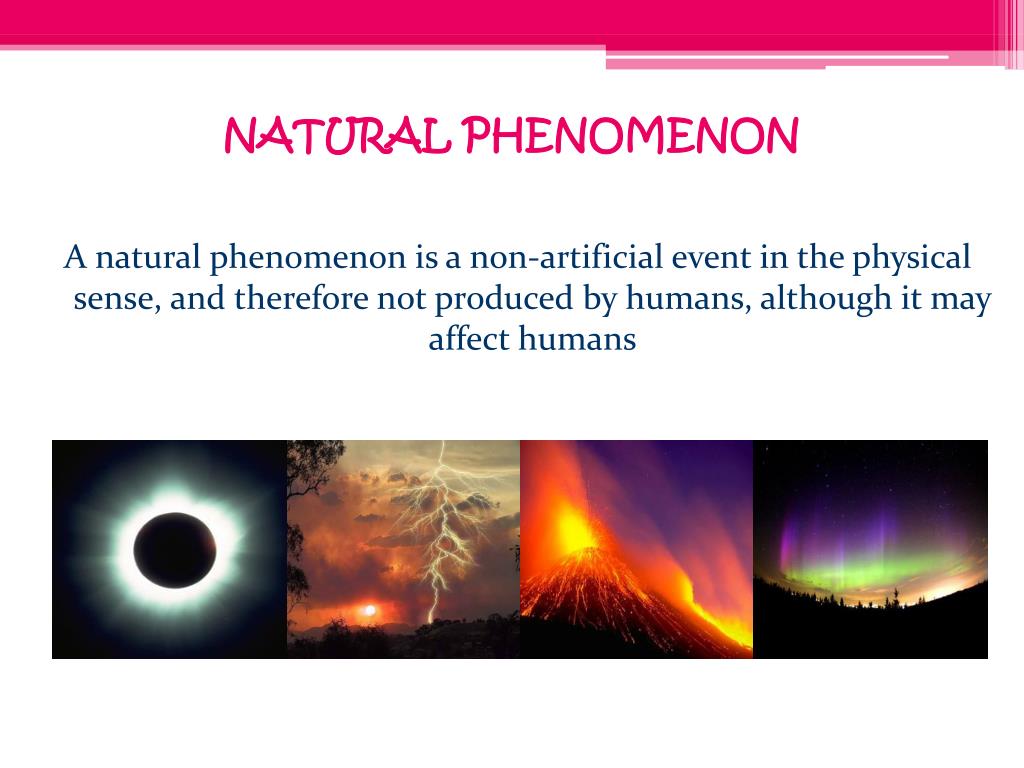


Principle theories are empirical generalisations, one such example being Newton's laws of motion.

Constructive theories are constructive models for phenomena: for example, kinetic theory. Scientists use theories to further scientific knowledge, as well as to facilitate advances in technology or medicine.Īlbert Einstein described two different types of scientific theories: "Constructive theories" and "principle theories". As with other forms of scientific knowledge, scientific theories are both deductive and inductive, aiming for predictive and explanatory power. They describe the causes of a particular natural phenomenon and are used to explain and predict aspects of the physical universe or specific areas of inquiry (for example, electricity, chemistry, and astronomy). Scientific theories are testable and make falsifiable predictions. An example is Newton's laws of motion, which are a highly accurate approximation to special relativity at velocities that are small relative to the speed of light. In certain cases, a scientific theory or scientific law that fails to fit all data can still be useful (due to its simplicity) as an approximation under specific conditions. Some theories are so well-established that they are unlikely ever to be fundamentally changed (for example, scientific theories such as evolution, heliocentric theory, cell theory, theory of plate tectonics, germ theory of disease, etc.). As additional scientific evidence is gathered, a scientific theory may be modified and ultimately rejected if it cannot be made to fit the new findings in such circumstances, a more accurate theory is then required. The strength of a scientific theory is related to the diversity of phenomena it can explain and its simplicity. In everyday speech, theory can imply an explanation that represents an unsubstantiated and speculative guess, whereas in a scientific context it most often refers to an explanation that has already been tested and is widely accepted as valid. The meaning of the term scientific theory (often contracted to theory for brevity) as used in the disciplines of science is significantly different from the common vernacular usage of theory. Theories are structures of ideas that explain and interpret facts." Stephen Jay Gould wrote that ".facts and theories are different things, not rungs in a hierarchy of increasing certainty. For example, Newton’s Law of Gravity is a mathematical equation that can be used to predict the attraction between bodies, but it is not a theory to explain how gravity works. Established scientific theories have withstood rigorous scrutiny and embody scientific knowledge.Ī scientific theory differs from a scientific fact or scientific law in that a theory explains "why" or "how": a fact is a simple, basic observation, whereas a law is a statement (often a mathematical equation) about a relationship between facts and/or other laws. In circumstances not amenable to experimental testing, theories are evaluated through principles of abductive reasoning. Where possible, theories are tested under controlled conditions in an experiment. For broader coverage of this topic, see Theory.Ī scientific theory is an explanation of an aspect of the natural world and universe that can be (or a fortiori, that has been) repeatedly tested and corroborated in accordance with the scientific method, using accepted protocols of observation, measurement, and evaluation of results.


 0 kommentar(er)
0 kommentar(er)
